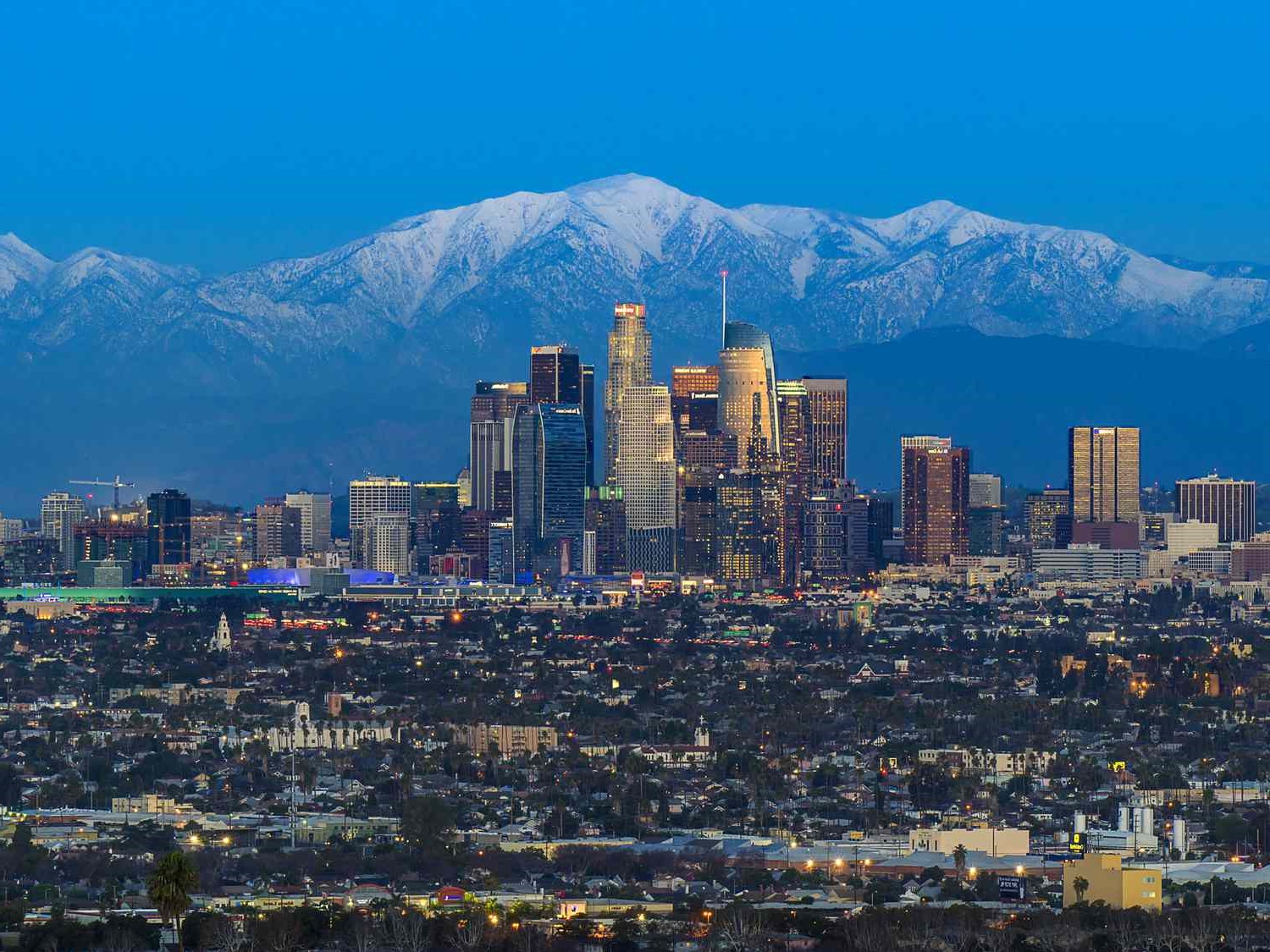
California is a state full of surprises, from its towering redwoods to its sprawling deserts. But did you know that California is home to both the highest and lowest points in the contiguous United States? Mount Whitney stands tall at 14,505 feet, while Badwater Basin in Death Valley sinks to 282 feet below sea level. This state isn't just about Hollywood and tech giants; its geography is as diverse as its culture. Whether you're a geography buff or just curious, these California geography facts will blow your mind. Ready to learn more? Buckle up for a wild ride through the Golden State's natural wonders!
California's Diverse Landscape
California is known for its varied geography, from sandy beaches to towering mountains. Let's explore some fascinating facts about this diverse state.
-
California has the highest point in the contiguous United States. Mount Whitney stands at 14,505 feet, making it the tallest peak in the lower 48 states.
-
Death Valley is the lowest point in North America. At 282 feet below sea level, Badwater Basin in Death Valley holds this record.
-
California's coastline stretches over 840 miles. From the Oregon border to Mexico, the state boasts a long and scenic coastline.
-
The state has more national parks than any other. With nine national parks, including Yosemite and Sequoia, California offers a wealth of natural beauty.
-
The Central Valley is one of the most productive agricultural regions in the world. This vast area produces over half of the fruits, vegetables, and nuts grown in the United States.
Unique Natural Wonders
California's geography includes some truly unique natural features. Here are some standout examples.
-
Lake Tahoe is the largest alpine lake in North America. Straddling the California-Nevada border, it covers 191 square miles.
-
The San Andreas Fault is a major geological feature. This fault line runs about 800 miles through California, marking the boundary between the Pacific and North American tectonic plates.
-
The Redwood National and State Parks are home to the tallest trees on Earth. Coast redwoods can reach heights of over 350 feet.
-
Mono Lake is one of the oldest lakes in North America. Estimated to be at least 760,000 years old, it is known for its unique limestone formations called tufa towers.
-
The Salton Sea is California's largest lake by surface area. Created by accident in 1905, it covers about 343 square miles.
Climate and Weather Extremes
California's climate varies widely, leading to some extreme weather conditions. Here are some intriguing facts about the state's climate.
-
Death Valley holds the record for the highest temperature ever recorded on Earth. In 1913, temperatures reached a scorching 134°F.
-
California experiences a Mediterranean climate along its coast. This means mild, wet winters and hot, dry summers.
-
The Sierra Nevada mountains receive some of the heaviest snowfall in the United States. Snowfall can exceed 500 inches in some areas.
-
The state is prone to wildfires. Due to its dry climate and abundant vegetation, California frequently experiences devastating wildfires.
-
California has a diverse range of microclimates. From the foggy coast of San Francisco to the arid deserts of Palm Springs, the state offers a wide variety of weather conditions.
Human Impact on Geography
Human activities have significantly shaped California's geography. Here are some ways people have influenced the landscape.
-
The California Aqueduct is a major engineering feat. This system of canals and pipelines transports water from Northern to Southern California, covering over 700 miles.
-
San Francisco Bay is the largest estuary on the West Coast. Human activities, including dredging and filling, have significantly altered its natural state.
-
The Gold Rush of 1849 had a profound impact on the landscape. Mining activities led to deforestation, river pollution, and the creation of ghost towns.
-
Los Angeles is built on a basin surrounded by mountains. This unique geography contributes to the city's notorious smog problem.
-
The Salton Sea was created by human error. An engineering mistake in 1905 caused the Colorado River to flood a desert basin, creating the lake.
Flora and Fauna
California's diverse geography supports a wide range of plant and animal life. Here are some interesting facts about the state's flora and fauna.
-
The state flower is the California poppy. This bright orange flower blooms in the spring and is a symbol of the state's natural beauty.
-
California is home to the endangered California condor. This large bird has a wingspan of up to 9.8 feet and is one of the rarest birds in the world.
-
The state tree is the coast redwood. These trees are not only the tallest but also some of the oldest living things on Earth.
-
California's deserts are home to the Joshua tree. This unique tree is found in the Mojave Desert and is known for its twisted, spiky branches.
-
The state marine mammal is the California gray whale. These whales migrate along the coast from Alaska to Mexico each year.
-
California has more species of plants and animals than any other state. Its varied geography and climate create habitats for a wide range of life forms.
California's Geography: A Land of Wonders
California's geography is truly something special. From the towering Sierra Nevada mountains to the vast Mojave Desert, there's a bit of everything. The state boasts the highest point in the contiguous United States, Mount Whitney, and the lowest point, Death Valley, all within a short distance of each other. The Pacific coastline stretches over 800 miles, offering stunning views and diverse ecosystems.
The Central Valley is a major agricultural hub, producing a significant portion of the nation's fruits and vegetables. Redwood forests in the north house the tallest trees on Earth, while the Salton Sea provides a unique inland sea experience. California's geothermal activity gives rise to hot springs and geysers, adding to its natural wonders.
Exploring California's geography reveals a state rich in natural beauty and diversity, making it a fascinating place to study and visit.
Was this page helpful?
Our commitment to delivering trustworthy and engaging content is at the heart of what we do. Each fact on our site is contributed by real users like you, bringing a wealth of diverse insights and information. To ensure the highest standards of accuracy and reliability, our dedicated editors meticulously review each submission. This process guarantees that the facts we share are not only fascinating but also credible. Trust in our commitment to quality and authenticity as you explore and learn with us.


